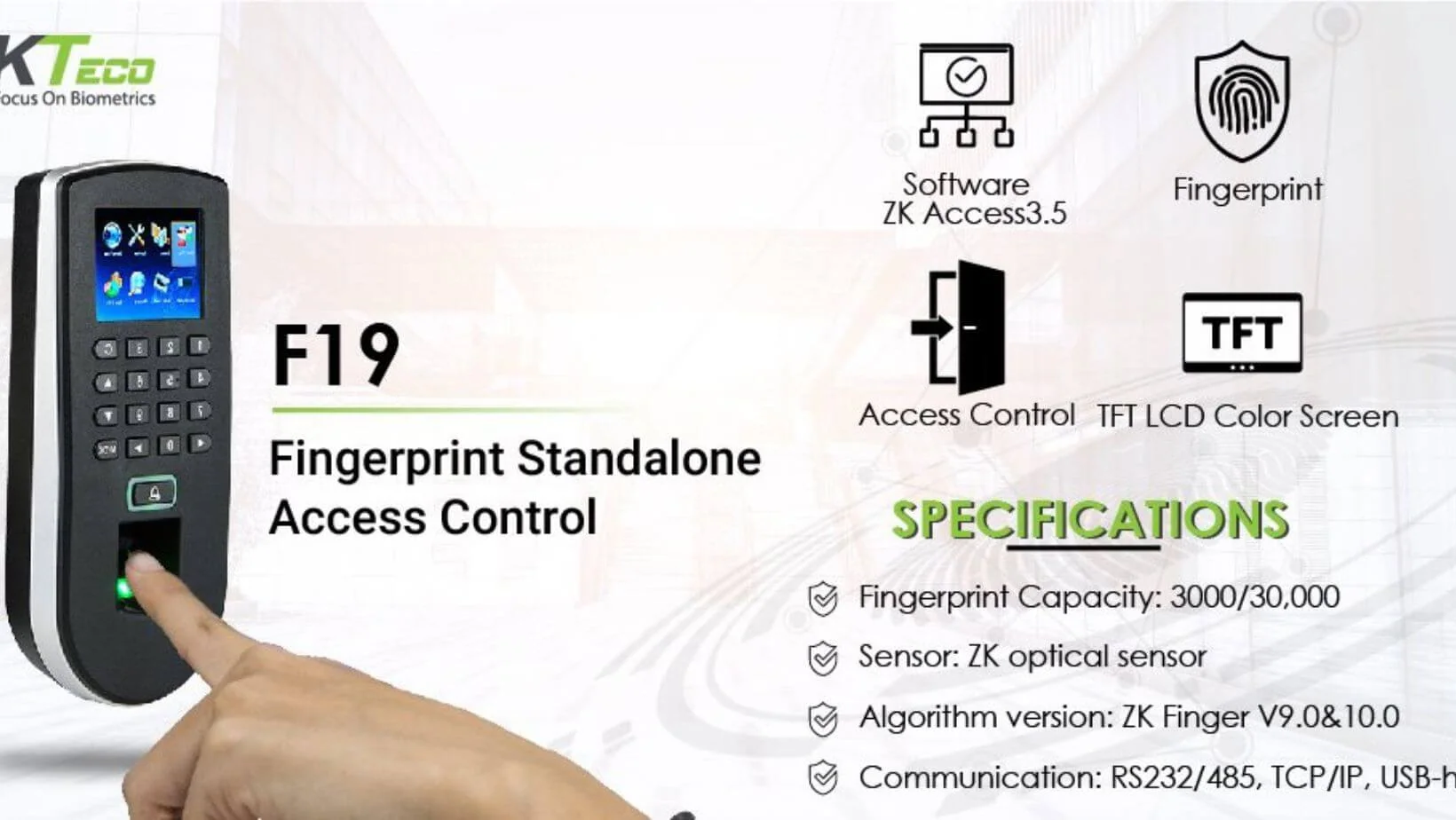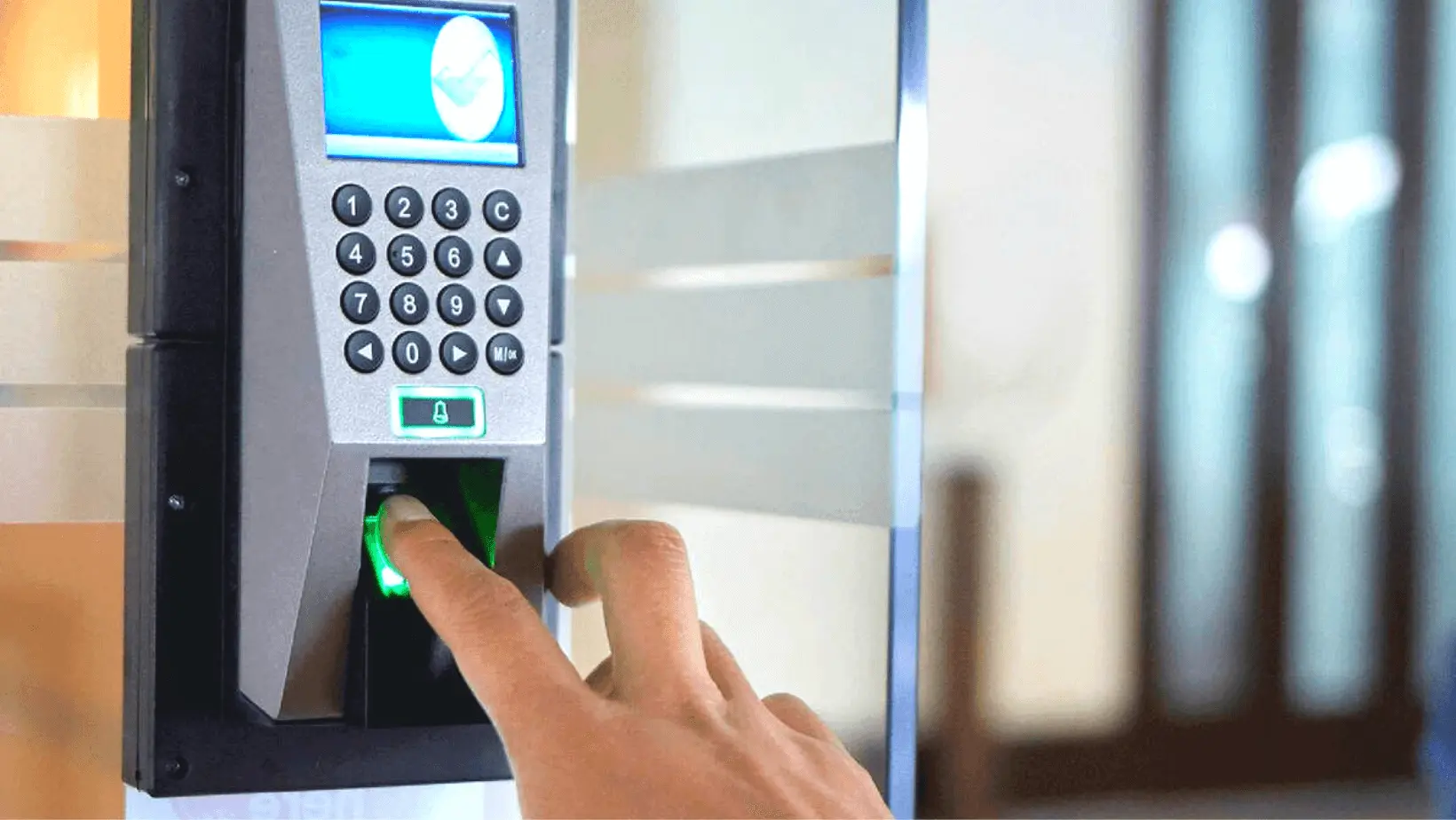Access Control Systems In Uganda: Enhancing Business Security with Biometric Access Control
In the ever-evolving landscape of business security, biometric access control systems have emerged as a game-changer. This article explores the implementation and benefits of biometric access control systems in Uganda, highlighting their role in revolutionizing business security practices. From increased accuracy to enhanced convenience, these systems are reshaping how businesses manage access and safeguard their valuable assets.
As businesses in Uganda continue to grow and adapt, ensuring the security of physical premises becomes paramount. Traditional access control methods like keys and swipe cards are being replaced by advanced solutions, and biometric access control systems stand out as a cutting-edge innovation. This article delves into the world of biometric access control, demonstrating its significance, benefits, implementation, and the positive impact it can have on businesses in Uganda.
Biometric Access Control Systems: A Technological Leap

Biometric access control systems leverage unique human characteristics to provide secure and efficient access management. These characteristics include fingerprints, facial features, iris patterns, and even voice recognition. Such systems have gained prominence due to their unparalleled accuracy and reliability.
Checkout more information about our biometric access control systems
Biometric Access Control Systems Key Benefits for Businesses
- Enhanced Security: Biometric access control eliminates the risks associated with lost or stolen access cards, ensuring that only authorized personnel gain entry.
- Accurate Identification: Each person’s biometric data is unique, reducing the chances of identity fraud or unauthorized access.
- User Convenience: Employees no longer need to carry access cards or remember complex passwords, streamlining the entry process.
- Audit Trail: Biometric systems maintain a digital record of every entry, providing an audit trail for security purposes and compliance.
- Quick Access: Biometric verification is fast, minimizing delays during entry and exit, which is especially important during peak business hours.
Biometric Access Control Systems Implementation Process

Implementing biometric access control systems in Ugandan businesses involves several key steps:
- Needs Assessment: Businesses must identify their specific security needs and determine where biometric access control is most appropriate.
- Technology Selection: Choosing the right biometric technology, whether it’s fingerprint scanners, facial recognition cameras, or iris scanners, is crucial.
- Data Collection: Enroll authorized personnel’s biometric data into the system accurately and securely.
- Integration: Integrate the biometric system with existing security infrastructure, such as CCTV cameras and alarm systems.
- Testing and Training: Thoroughly test the system and provide training to employees on its proper usage.
- Monitoring and Maintenance: Regularly monitor the system’s performance and conduct maintenance to ensure optimal functionality.
Overcoming Challenges of Biometric Access Control Systems
While biometric access control systems offer numerous advantages, they also come with challenges that businesses need to address:
- Initial Investment: Implementing biometric systems can be expensive due to hardware costs and installation efforts.
- Data Privacy: Handling biometric data requires stringent privacy measures to prevent breaches.
- Integration Complexity: Integrating biometric systems with existing security infrastructure might require technical expertise.
- User Acceptance: Employees may have concerns about data security and may need time to adapt to the new system.
Biometric Access Control Systems: Future Trends

The future of biometric access control systems in Ugandan businesses looks promising:
- Multimodal Biometrics: Systems that combine multiple biometric modalities, such as fingerprint and facial recognition, for even greater accuracy.
- Behavioral Biometrics: Analyzing user behavior patterns, such as typing speed or walking gait, to enhance security.
- Blockchain Integration: Using blockchain technology to securely store and manage biometric data, ensuring data integrity and privacy.
- Mobile Biometrics: Leveraging smartphones for biometric authentication, enabling employees to use their devices for secure access.
Conclusion
Biometric access control systems are ushering in a new era of business security in Uganda. With their unparalleled accuracy, enhanced convenience, and potential for future innovation, these systems are poised to become an integral part of the security landscape. As businesses continue to evolve, adopting biometric access control is not just a security measure, but an investment in the future of secure and streamlined operations.




